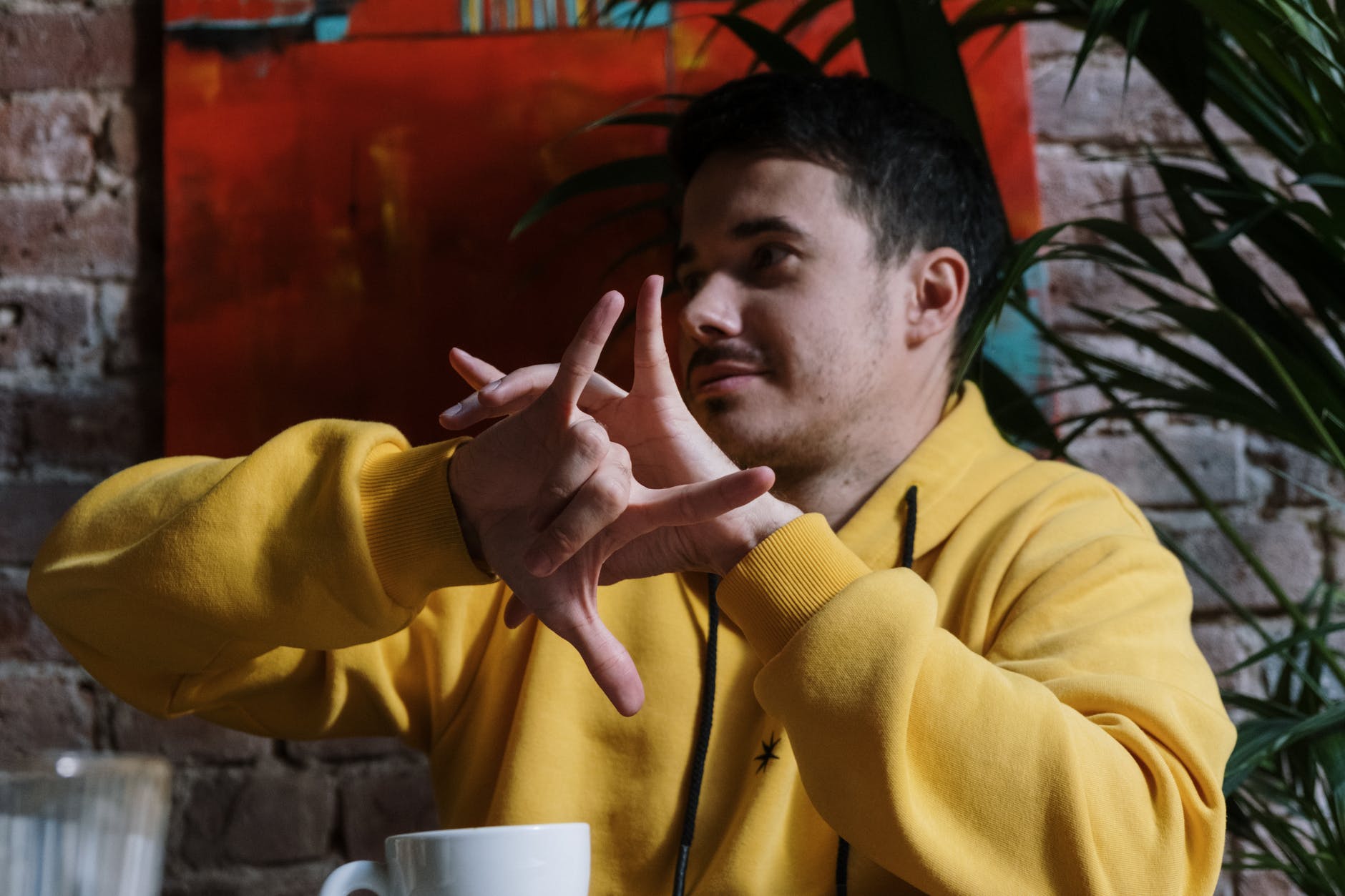It was a long day… and a difficult one for Amada. I also haven’t felt well. However, we all tested negative! So whatever I have is… well… who knows. Sheryl Burgstahler from the University of Washington presented at the 2021 Lilly Online Conference a recorded session entitled “Practices for Making an Online Course Accessible to All Students.” This is not the first session I watch by Burgstahler and admire the wealth of experience she brings. Burgstahler directs the IT Accessibility Team at UW and the DO-IT Center that now has international reach. DO-IT has numerous collaborations to increase the success of students in college. Several projects focus on STEM, STEM careers, informal science learning, engineering, engineering research center training on inclusivity, computing, computer science, and cyberlearning among others! The group promotes self-determination and with institutions promotes universal design for learning (UDL). The pandemic resulting in an increased demand for accommodations, according to Burgstahler. An inclusive environment, explained Burgstahler, is welcoming for those with or without accommodations, encourages participation, and is fully engaged in accessible & inclusive activities. The evolution of responses to human differences was summarized by Burgstahler in three stages:
- eliminate, exclude, segregate
- cure, rehabilitate, accommodate
- social justice: inclusion & universal design
These stages made me think and appreciate the changes that have happened. Burgstahler cited two legal policies that support access: section 504 Rehabilitation Act of 1973 and the Americans with Disabilities Act (ADA) of 1990 & 2008 amendments. Burgstahler specified that these are civil rights laws that emphasize access, and that we should consider ability on a continuum. The examples on the screen included understanding English, social norms, seeing, hearing, walking, reading print, writing with a pen or pencil, tuning out distraction, communicate verbally, learning, and managing physical/mental health. Also, Burgstahler noted that most disabilities are “invisible” with fewer than 1/3 of students with disabilities reporting them to the disability services office. The most common and expensive accommodations for online courses are rehabilitating and making PDF files accessible according to Burgstahler’s experience. We often sent and share PDFs… and I should think twice now! I am using GoogleSlides and Docs more often. Burgstahler encourages sharing a Word version of the syllabus so that students can modify and take notes. The next most common/expensive accommodation for online courses is captioning videos.
Burgstahler defined Universal Design as the “design of products & environments to be usable by all people, without the need for adaptation or specialized design” citing The Center for Universal Design. Instead of asking “what does the average person want?” we were encouraged by Burgstahler to ask ourselves how to promote access for all. The use of Universal Design and pre-planning, according to Burgstahler, results in less accommodation requests. In an example of two different types of ramps, Burgstahler explained that a wider ramp that allows you to walk next to someone in a wheelchair is more inclusive than a separate ramp next to stairs, for example.
When developing a course, consider characteristics of students who might enroll & the assistive technologies (AT) they might be using
Sheryl Burgstahler, Lilly Online Conference 2021
Burgstahler described the assistive technologies used by four students and how different their needs are. There are seven universal design principles, three universal design for learning and four for web accessibility guidelines. These were summarized by: 1) providing multiple ways for participants to learn and demonstrate what they learned, 2) providing multiple ways to engage, 3) ensuring all technologies, facilities, services, resources, & strategies are accessible to individuals with a wide variety of disabilities. In 1993, Burgstahler taught the first online course at UW with a colleague at RIT and did it with Gopher, FTP, and VHS tapes! Burgstahler recommended reviewing the 20 Tips for Teaching an Accessible Online Course document they developed in the DO-IT center. These tips are:
- Use clear, consistent layouts and organization schemes
- Format text using structured headings and lists
- Describe wording for hyperlinks -this is one I struggle with!
- Avoid PDFs unless you make them accessible. Use accessible HTML for primary content.
- Include alternative text to describe images.
- Use large, bold, sans serif fonts and plain backgrounds.
- Use high contrast color combinations.
- Caption videos and transcribe audio.
- Avoid a large number of technology tools and select accessible ones that can be used with the keyboard alone.
- Address a wide range of tech skills by providing tutorials, for example.
- Make sure the content is presented in multiple ways.
- Communicate and collaborate in multiple ways.
- Provide multiple ways to demonstrate learning.
- Address a range in language skills, use plain English, and spell out/define acronyms and jargon.
- Make sure instructions and expectations are clear.
- Provide examples relevant to a diverse audience.
- Provide outlines and other scaffolding tools.
- Provide adequate opportunities for practice.
- Provide adequate time for activities, projects, and tests.
- Provide feedback on parts of assignments and corrective opportunities.
Burgstahler ended by emphasizing that universal design values diversity, equity, and inclusion; promotes best practices without lowering standards, can be implemented incrementally, and benefits everyone! Burgstahler also mentioned a new book Creating Inclusive Learning Opportunities in Higher Education they authored that I want to look into. Every session with Burgstahler is full of useful tips!



